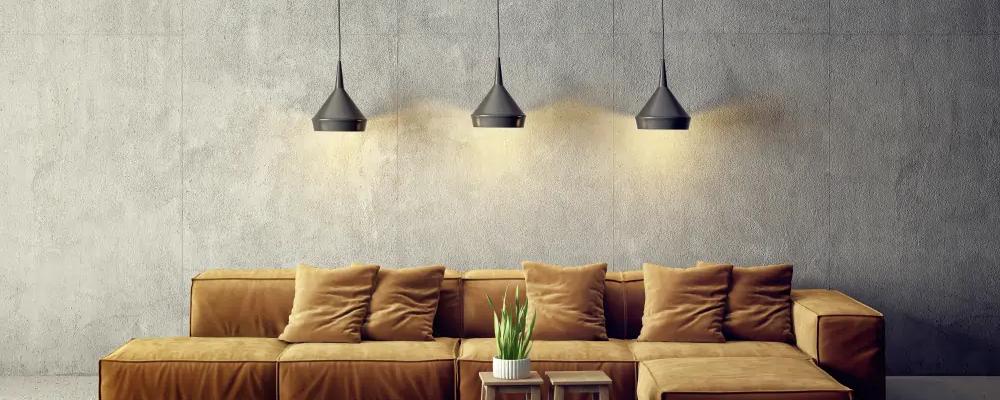The Importance of Lighting in Accessible Design: Enhancing Well-Being for All

The Importance of Lighting in Accessible Design: Enhancing Well-Being for All
When designing an accessible and inclusive space, lighting is often overlooked—yet it plays a crucial role in both accessibility and overall health. Proper lighting can reduce barriers for people with disabilities, improve mood, and even support physical well-being. We believe that thoughtful lighting design is essential for creating spaces that are not only functional but also nurturing for everyone.
Why Lighting Matters for Accessibility
For individuals with low vision, mobility challenges, or cognitive differences, lighting can make the difference between independence and difficulty. Here’s how:
- Visibility & Safety – Adequate lighting reduces fall risks and helps people navigate spaces confidently. Task lighting in kitchens, hallways, and bathrooms ensures that key areas are well-lit.
- Glare Reduction – Harsh or uneven lighting can create glare, making it difficult for people with visual impairments. Diffused, layered lighting minimizes this issue.
- Contrast & Wayfinding – High-contrast lighting (e.g., bright pathways with darker borders) helps with spatial orientation, especially for those with dementia or low vision.
- Adjustable Lighting – Dimmable lights and smart lighting systems allow users to customize brightness based on their needs, reducing eye strain and fatigue.
Lighting’s Impact on Mental & Physical Health
Beyond accessibility, lighting has a profound effect on well-being:
1. Circadian Rhythm Support
Natural light regulates our sleep-wake cycle. In spaces with limited sunlight, full-spectrum LED bulbs can mimic daylight, helping to improve sleep and energy levels. Warmer tones in the evening promote relaxation.
2. Mood & Productivity
Poor lighting can contribute to stress and depression, while balanced, natural light boosts serotonin levels. In workspaces and homes, layered lighting (ambient, task, and accent) creates a comfortable environment.
3. Reducing Eye Strain & Fatigue
Flickering or overly dim lighting can cause headaches and discomfort. Opt for flicker-free LEDs and ensure workspaces have direct task lighting to prevent strain.
Whether you’re designing a home, office, or public space, lighting should never be an afterthought. By integrating accessible lighting principles, we create environments that support independence, safety, and well-being for all.

